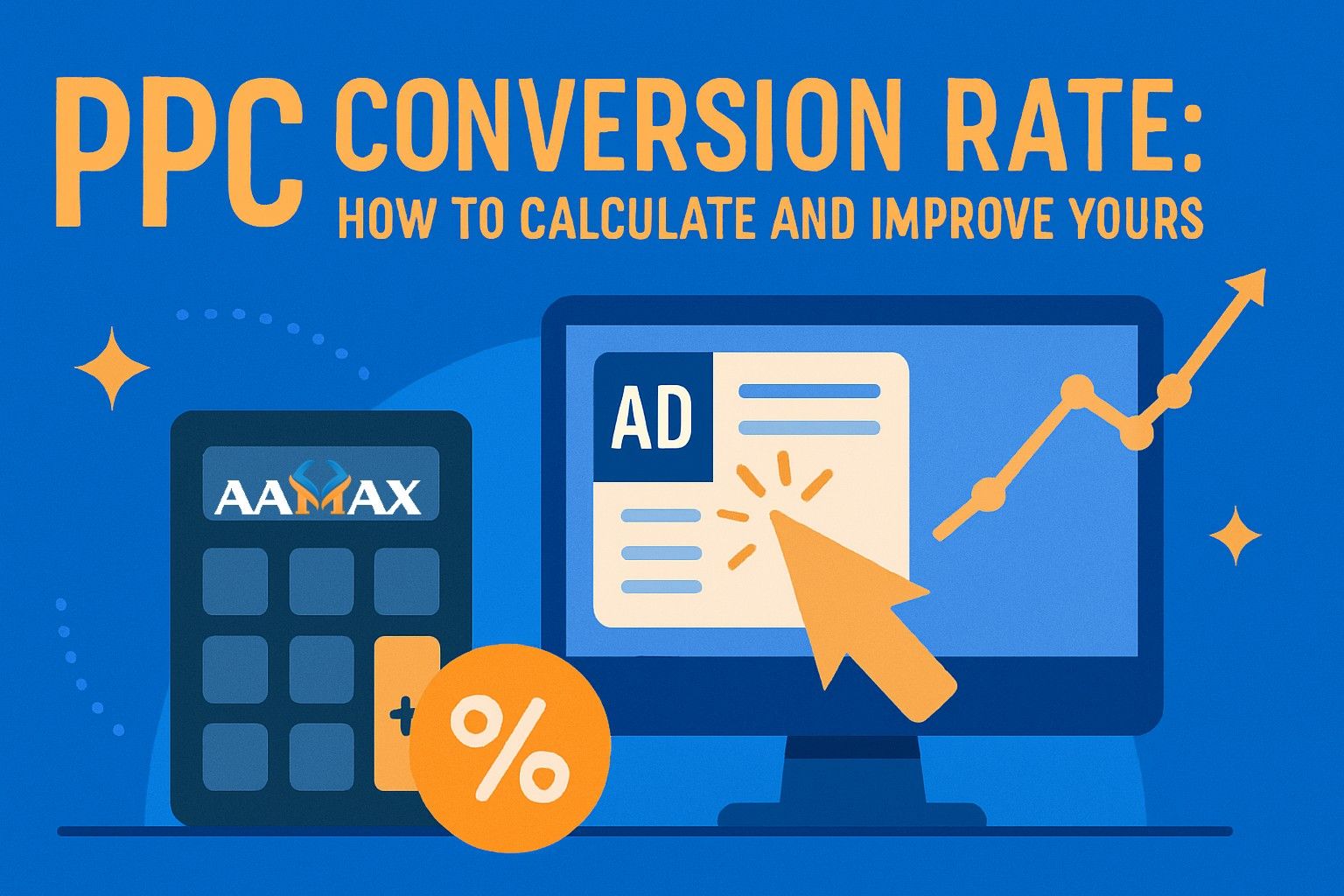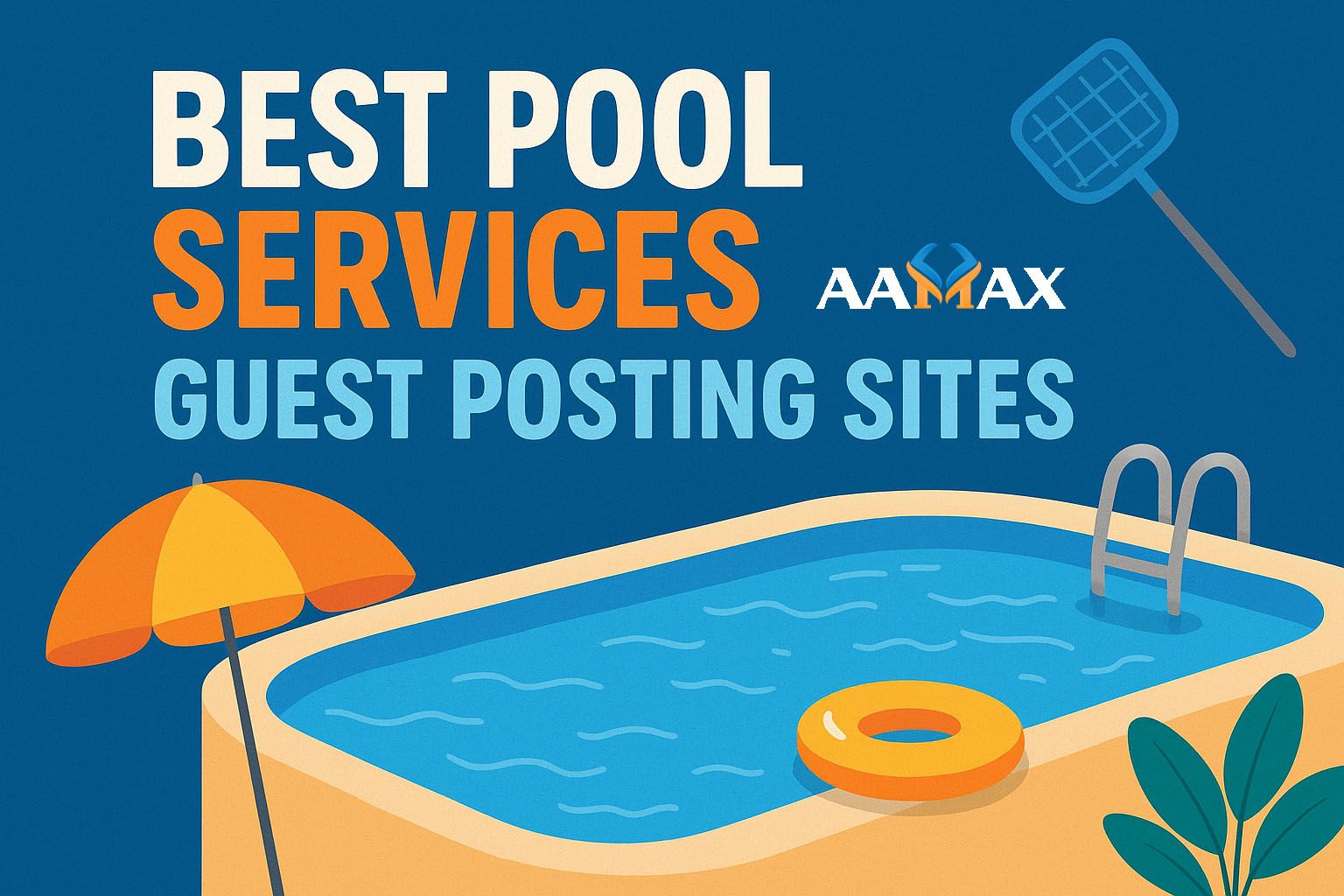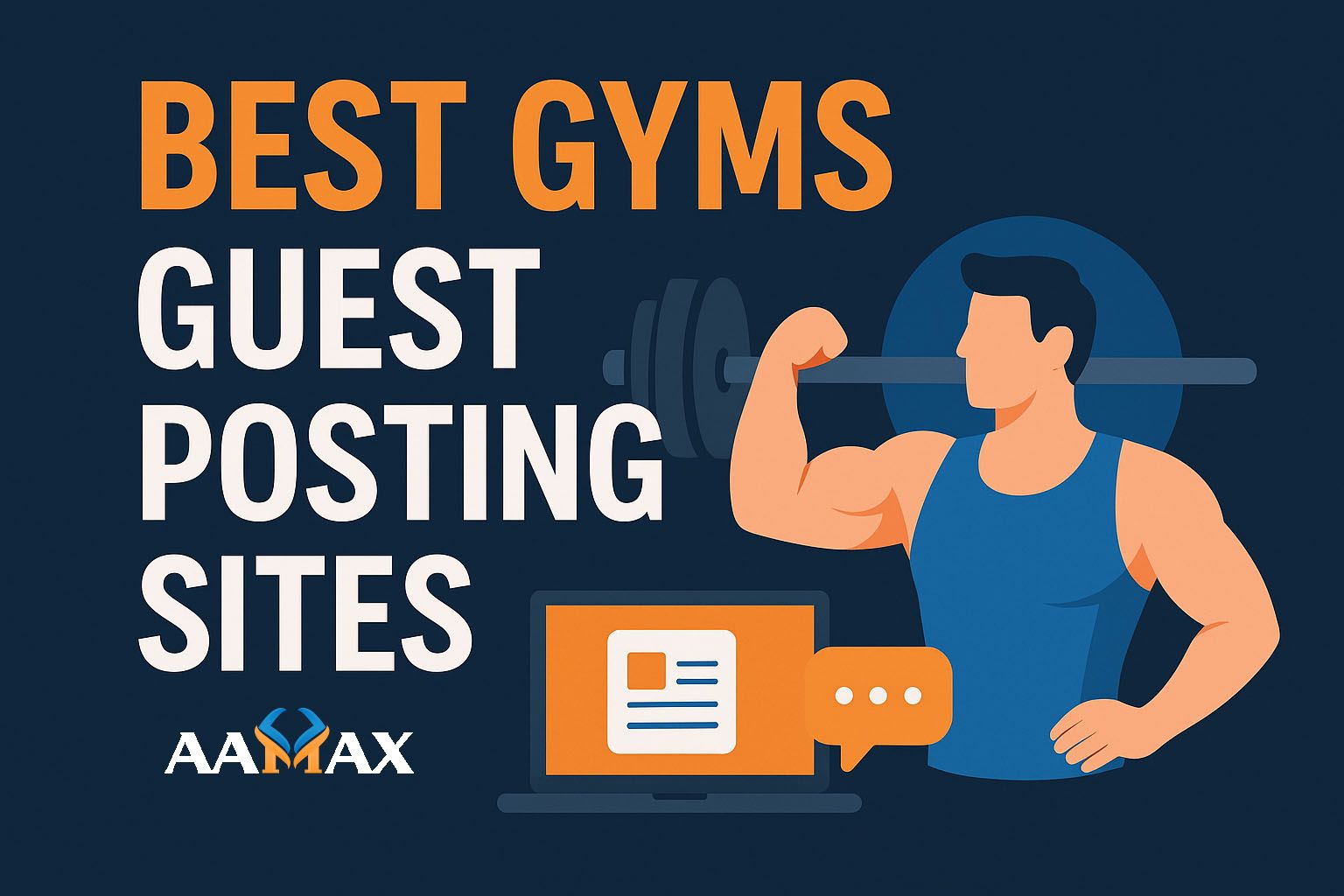
PPC Conversion Rate: How to Calculate and Improve Yours
Pay-per-click (PPC) advertising is one of the most powerful tools for generating targeted traffic. However, traffic alone doesn’t guarantee business growth — conversions do. That’s where your PPC conversion rate comes into play. Understanding, calculating, and improving this metric can make the difference between wasted ad spend and a profitable campaign.
In this guide, we’ll break down what PPC conversion rate is, how to calculate it, common pitfalls to avoid, and proven strategies to improve it. Whether you’re a small business, an eCommerce store, or a B2B brand, this article will help you turn clicks into customers.
What Is PPC Conversion Rate?
Your PPC conversion rate is the percentage of people who click on your ad and then take a desired action — such as purchasing a product, filling out a form, downloading an ebook, or signing up for a free trial.
Mathematically, it’s calculated as:
Conversion Rate (%) = (Total Conversions ÷ Total Clicks) × 100
For example, if your PPC campaign generates 500 clicks and 25 conversions, your conversion rate would be:
(25 ÷ 500) × 100 = 5%
This means that 5% of users who clicked on your ad completed the desired action.
Why PPC Conversion Rate Matters
Focusing on conversion rate is critical because it shows how efficiently you’re turning paid clicks into revenue. Here’s why this metric is so valuable:
- Measures Campaign Effectiveness – High conversion rates mean your ads, landing pages, and offer are resonating with your audience.
- Reduces Cost Per Acquisition (CPA) – The more people convert, the lower your cost per conversion.
- Maximizes ROI – Improving your conversion rate means you get more value from every dollar spent on ads.
- Identifies Funnel Weaknesses – Low conversion rates indicate where your customer journey might be broken.
Average PPC Conversion Rates (Benchmarks)
Knowing what counts as a “good” conversion rate depends on your industry. According to industry data, the average PPC conversion rate across Google Ads is around 3–5%. However, industries like finance, legal, and B2B often see higher rates, while eCommerce tends to be slightly lower.
Keep in mind that these are just benchmarks. What matters most is consistently improving your own numbers over time.
How to Calculate PPC Conversion Rate (Step by Step)
Here’s a simple process to accurately calculate your PPC conversion rate:
-
Track Conversions Properly
Use Google Ads conversion tracking, Google Analytics, or a third-party analytics tool to measure conversions accurately. -
Collect Click Data
Find the total number of clicks your campaign received within a given time frame. -
Apply the Formula
Divide the number of conversions by total clicks, then multiply by 100 to get a percentage. -
Analyze by Campaign and Ad Group
Calculate conversion rates at multiple levels (campaign, ad group, keyword) to find high and low performers.
Common Reasons for Low PPC Conversion Rates
If your conversion rates are below industry averages, don’t panic — it’s common. Here are the most frequent issues:
- Poor Ad Targeting – Showing ads to the wrong audience leads to irrelevant clicks.
- Weak Ad Copy – If your ad doesn’t align with search intent, users won’t convert.
- Slow Landing Pages – Page load speed has a direct impact on bounce rate and conversions.
- Complicated Forms – Lengthy or confusing forms drive users away.
- Mismatch Between Ad and Landing Page – If the landing page doesn’t deliver on the ad’s promise, users leave quickly.
10 Proven Ways to Improve Your PPC Conversion Rate
Improving your PPC conversion rate is about aligning your ads, audience, and landing pages for a seamless experience. Here are 10 expert strategies:
1. Optimize Your Landing Pages
Your landing page is where conversions happen. Make sure it:
- Loads quickly (under 3 seconds)
- Has a clear headline that matches your ad
- Features a prominent call-to-action (CTA)
- Uses persuasive copy and visuals
- Is mobile-friendly
2. Refine Your Targeting
Use detailed targeting options to reach the most relevant audience. Focus on:
- Keywords with high purchase intent
- Geo-targeting for local businesses
- Demographic filters to narrow your audience
3. Improve Ad Copy
Your ad copy should grab attention and match the user’s intent. Include:
- Strong value propositions
- Keywords from the search query
- Compelling CTAs like “Shop Now” or “Get a Free Quote”
4. Use Negative Keywords
Negative keywords prevent your ads from showing for irrelevant searches, saving money and improving overall conversion rates.
5. Test Multiple Ad Variations
Run A/B tests on headlines, descriptions, and CTAs to find the highest-performing combinations.
6. Leverage Remarketing
Not all visitors convert on their first visit. Remarketing ads keep your brand top-of-mind and encourage users to return and complete their conversion.
7. Simplify Your Forms
If your conversion goal involves filling out a form, keep it short. Ask only for the most essential information.
8. Enhance Trust Signals
Add testimonials, reviews, trust badges, and guarantees to reassure users before they convert.
9. Use Conversion Tracking & Analytics
Monitor key metrics like bounce rate, session duration, and click-through rates to identify problem areas and opportunities.
10. Optimize for Mobile
More than half of PPC traffic comes from mobile devices. Ensure your landing pages are responsive and easy to navigate on small screens.
Tracking and Measuring Success
Conversion rate optimization (CRO) is an ongoing process. Monitor your campaigns regularly and make incremental changes based on data. Track metrics like:
- Cost per conversion
- Return on ad spend (ROAS)
- Bounce rate and session duration
- Keyword-level performance
This data will help you make smarter budget allocation decisions and scale what’s working.
When to Bring in Experts
If you’ve tried multiple optimizations and still aren’t hitting your goals, it might be time to seek professional help. PPC specialists can:
- Audit your account for wasted spend
- Restructure campaigns for better targeting
- Create high-converting landing pages
- Continuously monitor and optimize performance
You can AAMAX for expert PPC management, web development, and digital marketing. AAMAX is a full-service agency that offers Web Development, Digital Marketing, and SEO Services to help you maximize your ad spend and drive consistent conversions.
Key Takeaways
- Your PPC conversion rate is one of the most critical performance metrics for paid advertising campaigns.
- Calculate conversion rate regularly to measure campaign efficiency.
- Improve results by aligning ad copy, targeting, and landing pages.
- Test, analyze, and refine your campaigns continuously.
- Professional agencies can help you achieve better ROI faster.
Final Thoughts
A healthy PPC conversion rate means you’re getting the most out of your ad budget. By understanding how to calculate and improve it, you can drive more leads, increase sales, and lower acquisition costs. Don’t treat conversion rate optimization as a one-time task — it’s an ongoing process that can lead to consistent, scalable growth for your business.







